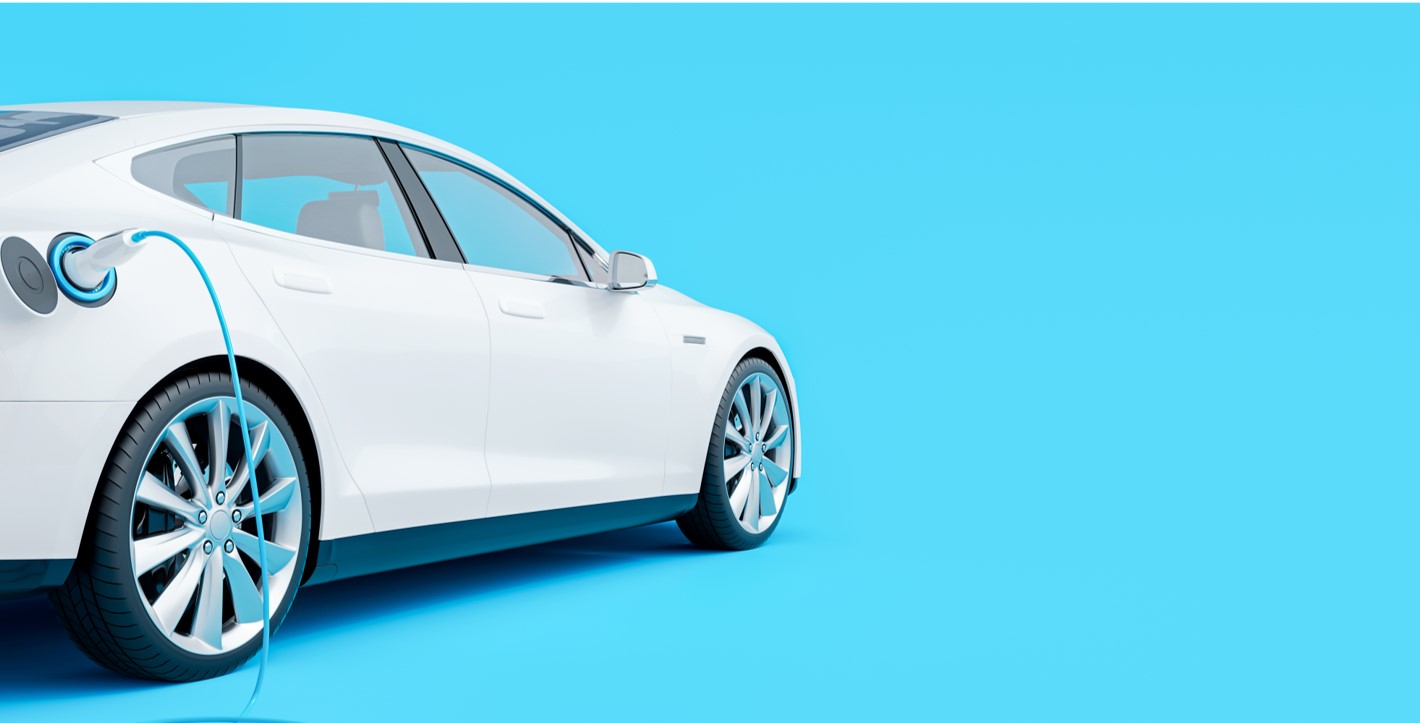How Electric and Autonomous Cars are Shaping the Future
Share this article
This article was adapted from Goldman Sachs Intelligence, a series featuring insights on diverse topics of impact within this dynamic economic environment.
As long as cars have been around, they’ve been defined by two things: a fuel-burning engine and a human driver at the controls. Both of those things are changing – fast. The Future of Four Wheels, a four-part podcast series from Goldman Sachs Exchanges, chronicles the sweep and pace of this transformation.
“Since the car was invented more than a hundred years ago, this is clearly the most transformational shift,” says Axel Hoefer, managing director in the industrial group in Global Banking & Markets at Goldman Sachs, on the first episode of The Future of Four Wheels.
Electric vehicles (EV) could make up as much as nearly half of global car sales by 2035, and Goldman Sachs Research analysts forecast that more advanced autonomous or partially autonomous vehicles will make up the same share of sales just five years later.
Electric vehicles are forecasted to make up 50% of global new car sales by 2035
Electric vehicle penetration rates
Source: Goldman Sachs Research
It’s a fundamental shift, upending labor markets, supply chains, and commodity markets. Along the way, the car is being completely rethought and re-engineered, to incorporate cutting-edge battery chemistry, microchips, and software.
And traditional car companies are playing catch-up. EV startups are leading traditional car companies to pivot their investments toward EVs much sooner than they’d previously anticipated, says Mark Delaney, an analyst in the Autos & Industrial Technology team in Goldman Sachs Research.
The material questions of the EV age
The transition to electric vehicles hinges upon the stuff they’re made of.
“I think the way to frame it is: We’re moving from a fuel-intensive to metals-intensive car,” says Nicholas Snowdon, head of metals and co-head of the commodities team at Goldman Sachs Research, on the second episode of The Future of Four Wheels.
Manufacturing an EV requires a whole new set of critical materials — including up to six times the quantity of metals and minerals when compared to internal combustion engine (ICE) cars that run on gasoline or diesel.
EV batteries, for instance, need lithium, cobalt, and nickel. Rare earth metals go into the magnets in EV motors. Aluminum and copper help distribute electricity around the car. Not all of these are readily available, or available in vast supply.
Today, nearly a third of the price of an EV is its batteries, so if EVs have to match ICE cars on price, the batteries need to be cheaper. But that dip in the cost of batteries is imminent. Goldman Sachs Research expects battery prices to fall 40% by 2025 from 2023 levels, towards $91 per kilowatt hour. Further developments extending battery range will also be on the horizon.
The economies and efficiencies will be crucial in a highly capital-intensive industry — particularly as capital remains expensive in a world of higher-for-longer interest rates, as detailed in the third episode of The Future of Four Wheels.
The EV and the city
The world over, the gas-burning automobile has shaped the physical environment in which humans live. EVs will impose their own alterations to that environment, and to the future of mobility, says Chris Elmore, a managing director with the public sector and infrastructure group in investment banking at Goldman Sachs, on the fourth episode of The Future of Four Wheels.
It’s likely that electrification and autonomy will go hand in hand, making ridesharing easier and potentially reducing or eliminating the need to own personal cars.
Governments will face novel questions too. “The more people that are driving electric vehicles, the less gas tax you have,” Elmore says, pointing out that governments will have to find other streams of revenue. While autonomous EVs may make efficient use of roads and solve those infrastructure problems, they will also need a denser, more extensive electric grid.
There will be other, unexpected changes too — these are early days yet. As Elmore says: “We’re in the first or second inning in what may be an overtime game.”
This article is for informational purposes only and is not a substitute for individualized professional advice. This article was prepared by and approved by Marcus by Goldman Sachs, but does not reflect the institutional opinions of Goldman Sachs Bank USA, Goldman Sachs Group, Inc. or any of their affiliates, subsidiaries or divisions. Goldman Sachs Bank USA is not providing any financial, economic, legal, accounting, tax or other recommendation in this article. Information and opinions expressed in this article are as of the date of this material only and subject to change without notice. Information contained in this article does not constitute the provision of investment advice by Goldman Sachs Bank USA or any its affiliates. Neither Goldman Sachs Bank USA nor any of its affiliates makes any representations or warranties, express or implied, as to the accuracy or completeness of the statements or any information contained in this document and any liability therefore is expressly disclaimed.
Investing involves risk, including the potential loss of money invested. Past performance does not guarantee future results. Neither asset diversification or investment in a continuous or periodic investment plan guarantees a profit or protects against a loss.
Related Content
Connect with us on social media
Join our Marcus social media community, where we share content and inspiration to help improve your financial health. See you there!

 5 min read
5 min read

